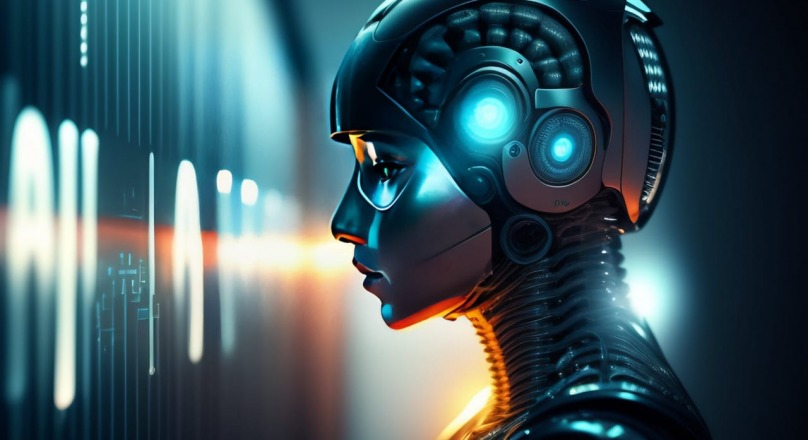In today’s digital age, Optical Character Recognition (OCR) technology plays a pivotal role in converting different types of documents into editable and searchable formats. With the advancements in Artificial Intelligence (AI) and specifically Neural Networks, OCR technology has witnessed significant improvements in accuracy, speed, and versatility. This article delves into the role of Neural Networks in shaping the landscape of OCR technology and explores the latest advancements in this field.
Understanding Neural Networks in OCR
Neural Networks, inspired by the structure and functionality of the human brain, consist of interconnected nodes organized in layers. In the context of OCR, Neural Networks are utilized for character recognition tasks. Through a process called training, these networks learn to recognize patterns and features within images containing text. As the networks are exposed to more data and iterations, their accuracy and performance improve, making them indispensable in OCR applications.
Neural Networks in OCR operate in several stages. Initially, the input image undergoes preprocessing to enhance its quality and remove any noise. Subsequently, the processed image is fed into the Neural Network, where it undergoes feature extraction. This phase involves identifying key characteristics of characters such as edges, corners, and strokes. Finally, the network classifies the extracted features, assigning each segment to its corresponding character class.
Advancements in Neural Network Architectures
In recent years, the field of Neural Networks has witnessed remarkable advancements, leading to more efficient OCR systems. Convolutional Neural Networks (CNNs), in particular, have emerged as a dominant architecture for character recognition tasks. CNNs excel at capturing spatial hierarchies of features, making them well-suited for image-based tasks like OCR.
One of the key advantages of CNNs in OCR is their ability to handle variations in font styles, sizes, and orientations. Traditional OCR methods often struggled with such variability, leading to inaccuracies in recognition. However, CNNs can adapt to diverse text appearances through their hierarchical feature extraction process, resulting in superior performance across different document types.
Furthermore, the introduction of recurrent neural networks (RNNs) and their variants, such as Long Short-Term Memory (LSTM) networks, has revolutionized sequential data processing in OCR. RNNs are adept at capturing contextual information, making them particularly effective for tasks involving text sequences. In OCR, this capability enables better interpretation of complex layouts and multi-line texts, enhancing overall accuracy and reliability.
Application in Document Digitization and Beyond
The integration of Neural Networks into OCR technology has catalyzed advancements in various domains, including document digitization, data extraction, and language translation. Organizations across industries leverage OCR systems powered by Neural Networks to streamline document management processes, automate data entry, and facilitate multilingual communication.
Moreover, Neural Network-based OCR solutions are increasingly being deployed in mobile applications, enabling users to instantly extract text from images captured by their smartphones. This capability has revolutionized tasks such as scanning receipts, translating foreign language text, and digitizing handwritten notes, empowering users with unprecedented convenience and efficiency.
Future Directions and Challenges
Despite the remarkable progress in Neural Network-based OCR technology, several challenges and opportunities lie ahead. As the demand for OCR continues to grow, there is a need for further research in areas such as document layout analysis, handling of degraded images, and robustness to noise and distortion.
Additionally, the ethical implications of OCR technology, particularly in terms of privacy and data security, warrant careful consideration. As OCR systems become more pervasive in society, ensuring responsible deployment and safeguarding sensitive information are paramount.
Looking ahead, advancements in Neural Networks, coupled with ongoing research and collaboration, hold the potential to revolutionize OCR technology further. By addressing existing challenges and embracing emerging opportunities, the future of OCR promises to be even more transformative and empowering.
In conclusion, Neural Networks have emerged as a cornerstone of OCR technology advancements, enabling unprecedented accuracy, speed, and versatility. By harnessing the power of AI, OCR systems powered by Neural Networks are reshaping the way we interact with documents, paving the way for a more efficient and connected digital future.



